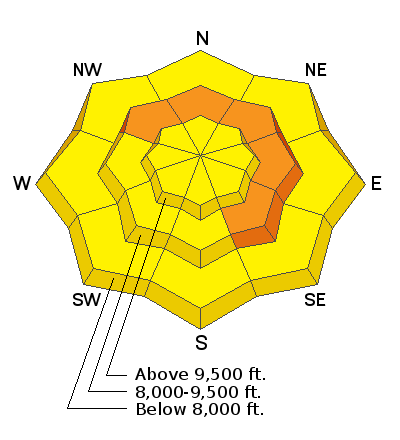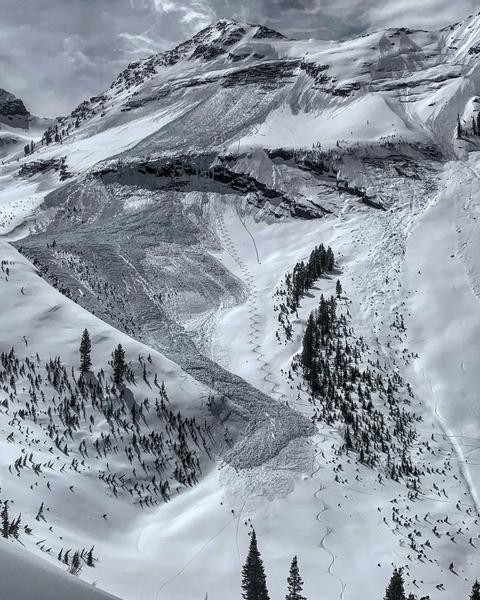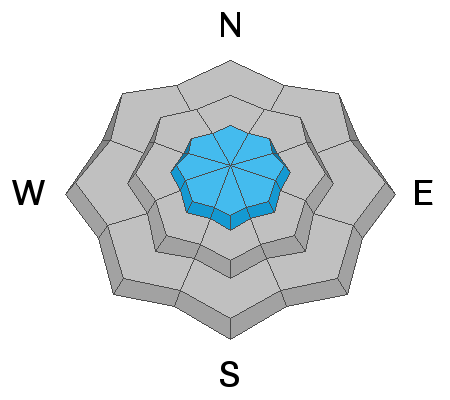Grizzly Gulch will be closed TODAY as Alta conducts a joint rescue training with the American Avalanche Institute and USAF rescue personnel.
Our final podcast for the season has been released
HERE. Low Danger - A Story in 5 Parts. Thanks much to our producer Benjamin Bombard and our sponsors Arva, Prival, and 2nd Tracks Sports.
Thanks so much to everyone who supported our spring fundraiser. We exceeded our goals. The UAC could not exist without your support.
Two long time meteorologists with a keen eye for mountain weather both described this upcoming storm as synoptically beautiful. Admittedly, they are both long time backcountry skiers, but when meteorologists gush and wax poetic about the structure of a storm, I sit up and take notice.
Skies are overcast with overnight "lows" in the upper 30s to mid-40s. Many stations remain at or near yesterday's highs. The winds backed to the south-southwest overnight and are blowing 15-20mph with gusts to 25. The most exposed anemometers are spinning 30-35mph with gusts to 50. It's our second night with a poor-if at all-refreeze and snow supportability will be spatially variable at best. In many areas, you'll sink up to your knees even with skis or snowshoes. Picture trenching on a sled. At least the initial precipitation today will fall as rain to 9500'. If there was ever a day to work on your taxes, this is that day. Probably best to stay on groomed, heavily packed, or low angle terrain, or rest up for some powder skiing and riding over the next few days.
But back to the synoptically beautiful storm. The NWS has issued a Winter Storm Warning with 1-2' of snow expected through Thursday. The sharp cold front arrives this afternoon (roughly 2pm) with a dramatic wind shift, gusty winds, and perhaps some thunder and lightning. I'd expect a fair bit of graupel. Snow will fall to the benches in the overnight hours. One of the meteorologists - Glen Merrill - went on to write that "Sensibly, it will be a good reminder that winter weather isn`t over yet, and spring in the eastern great basin is more like a roller coaster than a cruise."
Longtime backcountry observer and UAC board member Peter Donner spotted a new large glide avalanche near the Diving Board area of Broads Fork (BCC). He estimated that it likely ran perhaps Sunday night into Monday.












